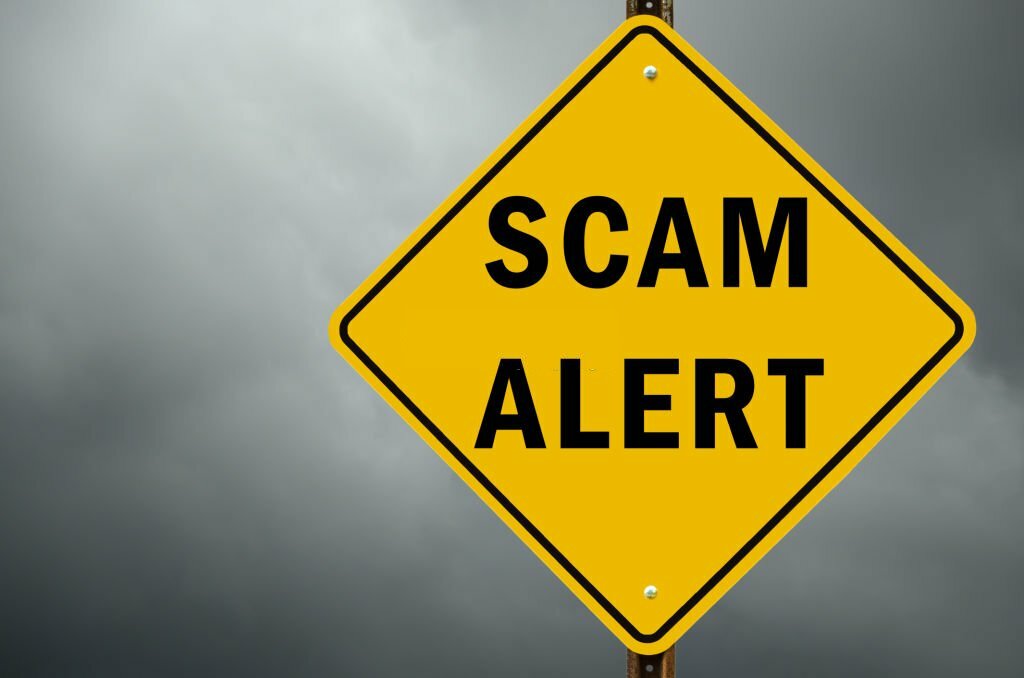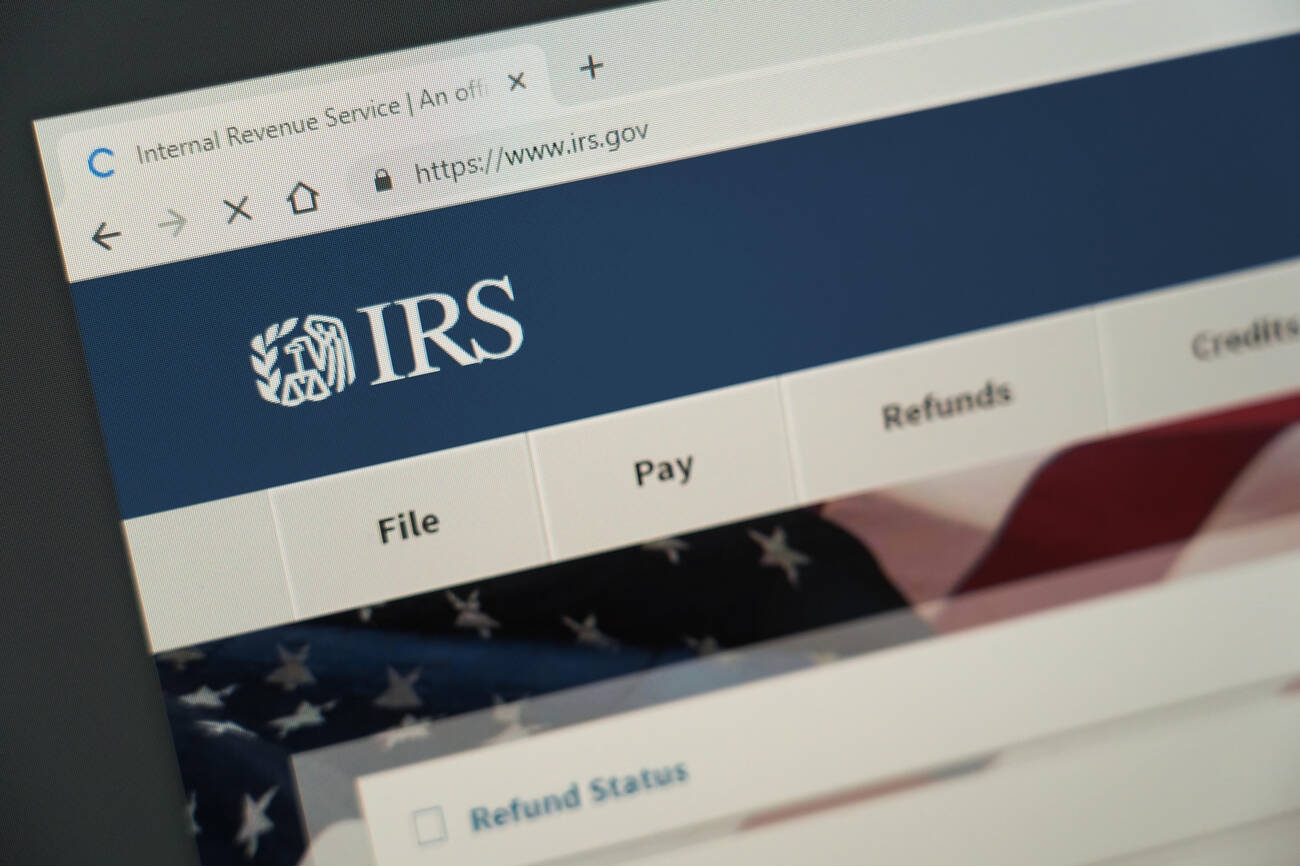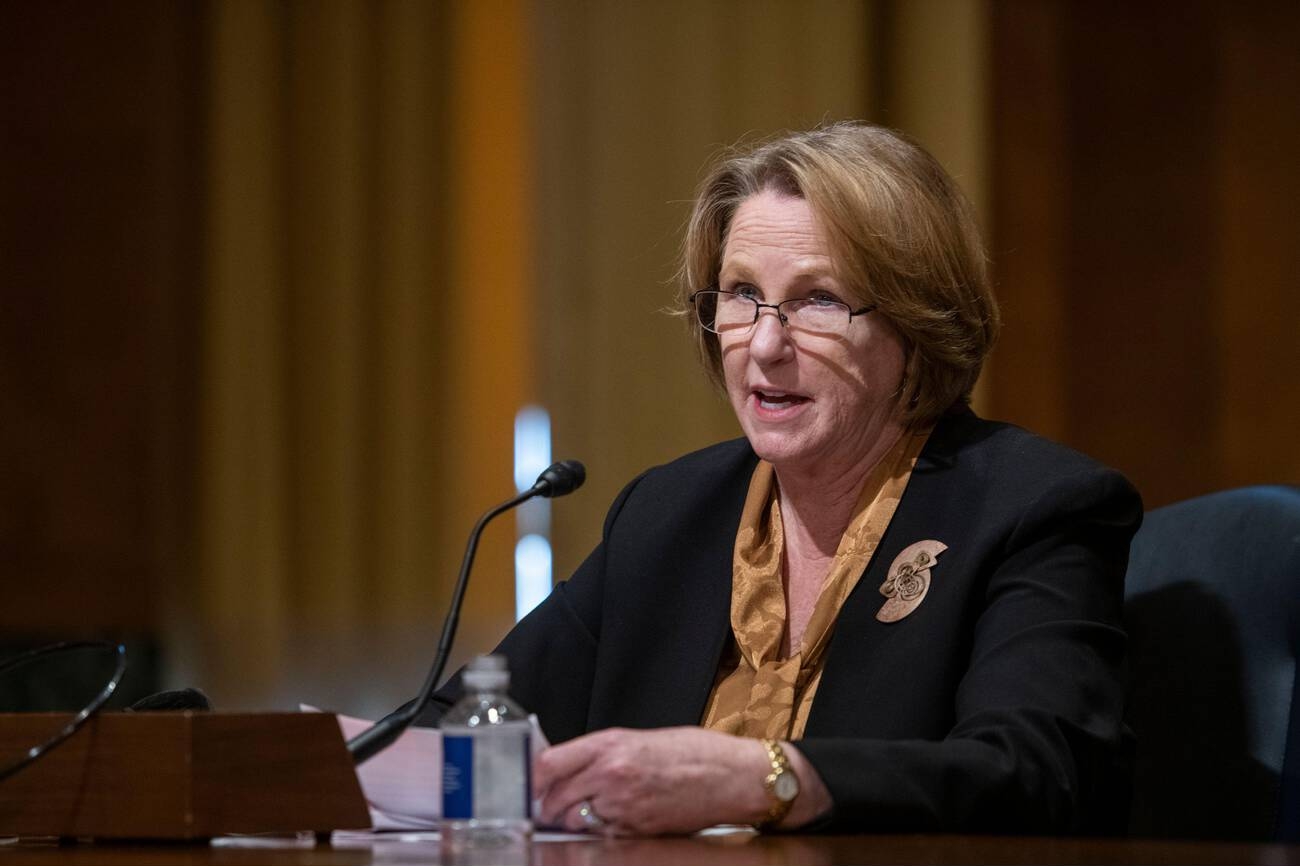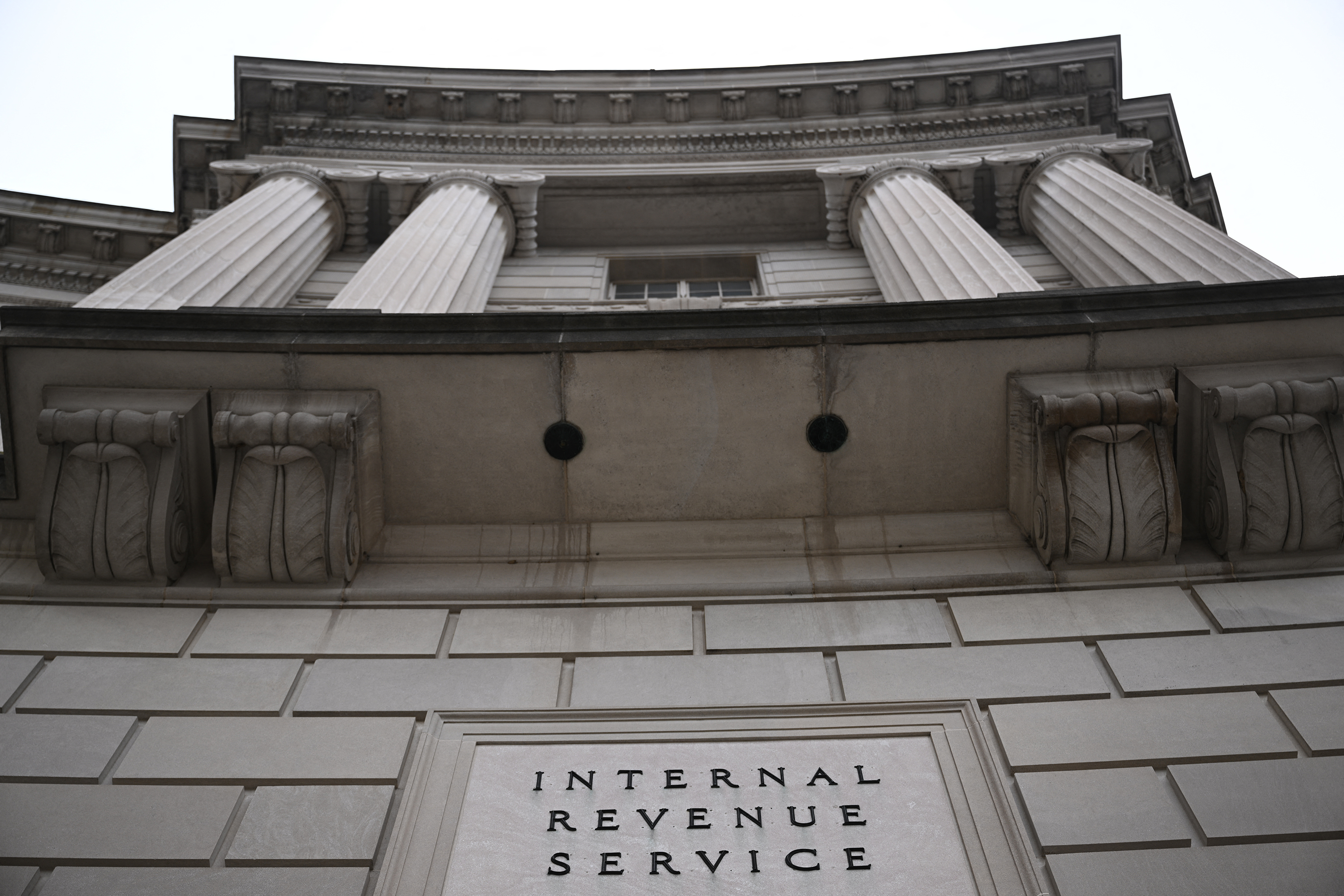The IRS on Thursday cautioned taxpayers—particularly high-income filers—to stay alert for scams involving exaggerated art donation deductions.
In these scams, promoters use direct solicitation to persuade wealthy taxpayers to purchase art, wait to donate the art, and then take a phony deduction for the donated art. The IRS warned that these promoters are promising values of art that are too good to be true.

“Creativity in art is a beautiful thing, but aggressive creativity in art donation deductions can paint a bad picture for people pulled into these schemes,” IRS Commissioner Danny Werfel said in a press release. “This is another example where people should be careful when it comes to aggressive marketing and promotions. There are legitimate ways to claim an art donation, but taxpayers should be careful to understand the rules and watch out for inflated values or questionable appraisals. Beauty is not always in the eye of the beholder when it comes to tax deductions of art.”
Here is how the scam works, according to the IRS:
Promoters encourage taxpayers to buy various types of art, often at a “discounted” price. This price may also include additional services from the promoter, such as storage, shipping and arranging the appraisal and donation of the art. The promotor promises the art is worth significantly more than the purchase price.
These schemes are designed to encourage purchasers to donate the art after waiting at least one year and to claim a tax deduction for an inflated fair market value, which is substantially more than they paid for the artwork. Promoters may suggest taxpayers donate art annually and allow them to buy a quantity of art that guarantees a specific deductible amount. Promoters may even arrange for certain charities to take the donations.
Red flags
The IRS gave the following red flags to watch for regarding this tax scam:
- Buying multiple works by the same artist that have little or no market value outside what the promoter might be advertising; and
- Promoters lining up specific appraisers for taxpayers to use.
“An appraisal that supports this scheme often fails to adequately describe the art,” the IRS said. “It may not address the value characteristics, such as rarity, age, quality, condition, stature of the artist, price paid, and the quantity purchased.”
Thanks for reading CPA Practice Advisor!
Subscribe Already registered? Log In
Need more information? Read the FAQs
Tags: Income Tax, IRS, Taxes




